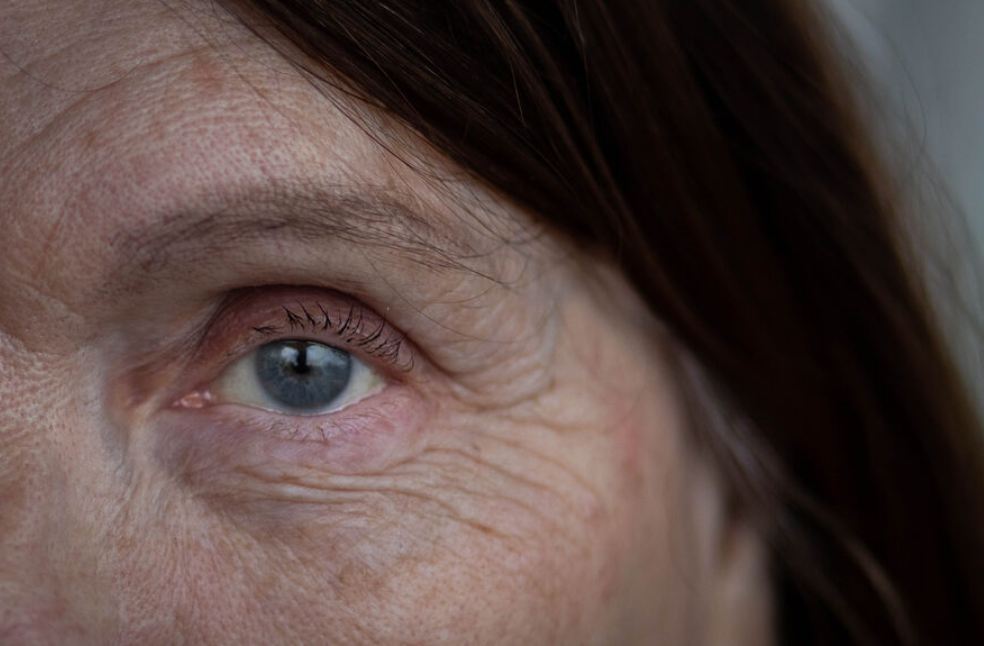Finland: Researchers at Aalto University have unveiled a promising new technique that could slow or even halt the progression of dry age-related macular degeneration (AMD), one of the leading causes of vision impairment in older adults.
The innovative method uses controlled heat to reinforce the eye’s natural defense mechanisms, potentially offering the first effective treatment for the dry form of AMD. According to Professor Ari Koskelainen, who led the study, the approach works by gently warming retinal tissue to activate cellular repair systems.
Koskelainen explained that, “Cellular functionality and protective mechanisms weaken with age, which exposes the fundus to intense oxidative stress. Free oxygen radicals damage proteins, causing them to misfold and aggregate, leading to the buildup of fatty deposits called drusen—the main diagnostic marker for dry AMD.”
Using heat to trigger the eye’s repair response
The research team developed a method to precisely warm retinal tissue by a few degrees using near-infrared light. Temperatures above 45°C can damage delicate eye tissue, so the system includes real-time temperature monitoring to maintain safe and controlled conditions.

This thermal stimulation activates two critical repair mechanisms:
- Heat shock proteins, which help refold or recycle damaged proteins, and
- Autophagy, the process by which cells remove accumulated waste material, a discovery that earned Nobel laureate Yoshinori Ohsumi recognition in 2016.
Koskelainen remarked that, “We were able to show that we can activate not only the production of heat shock proteins but also autophagy using the heat shocks. This process is like waste disposal, helping the eye’s cells clean themselves and maintain function.”
Promising results and future clinical trials
The new therapy has already shown encouraging results in animal studies with mice and pigs, and human clinical trials are planned to begin in Finland in spring 2026. The first phase will assess the safety of the laser treatment, followed by studies to determine how frequently the therapy should be repeated for long-term benefit.
Koskelainen noted that, “The treatment needs to be repetitive, since the response can already begin to decline some days after the treatment.”
Koskelainen added that, “An optimistic schedule would see the method already being used in hospital eye clinics in as little as three years’ time. The eventual goal is for it to become readily available at local ophthalmologists’ offices.”


